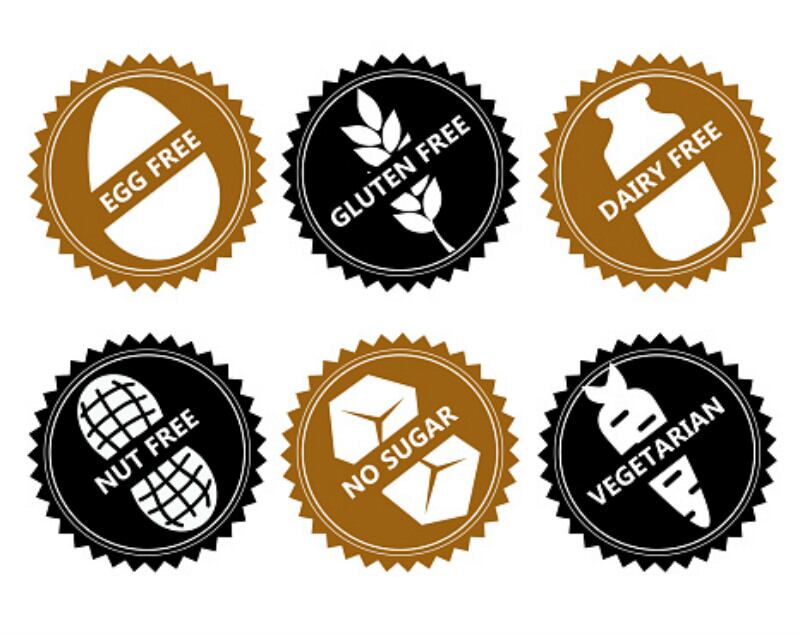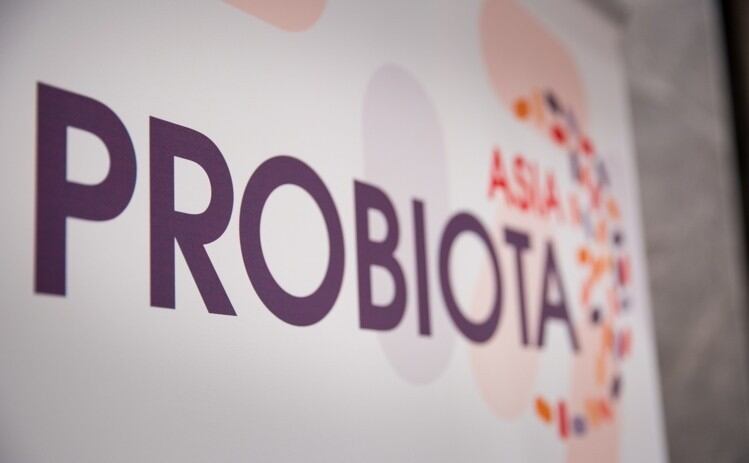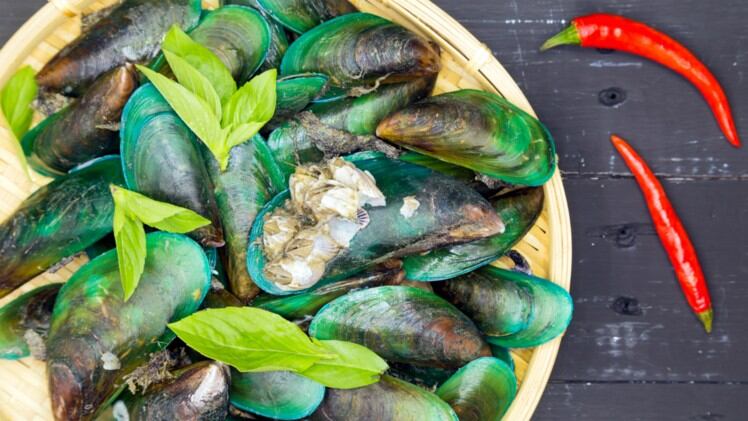Microalgae’s major opportunity for alternative protein product development – Sophie’s Kitchen
Plant-based seafood firm Sophie’s Kitchen is now producing food-grade protein from microalgae, with firm confident it can become a long-term and more sustainable solution to animal and traditional plant-based proteins.
Eugene Wang, founder and CEO of Sophie’s Kitchen told FoodNavigator-Asia, “Animal protein is not sustainable in feeding 10 billion people on this planet. Plant-based protein are sustainable now, but not forever.”
Quoting pea protein as an example, “Currently, we are using pea protein in our foods. Many plant-based food companies are also using pea.
“Where do you get these extra supplies? More farming which also means some form of deforestation.”
“What we need are technologies with even higher efficiencies so we won't pollute this beautiful planet.”
It’s o-fish-cial: Hong Kong’s Avant Meats developing cell-based fish maw
Hong Kong’s first cell-based seafood start-up Avant Meats is planning to launch its cell-based fish maw prototype in the next few months.
Fish maw is dried swim bladder of large fish that is popular in Chinese and South East Asian cuisine.
Co-founder and CEO Carrie Chan told FoodNavigator-Asia that per capita consumption of fish and seafood in China is double the global average.
“By 2030, it is projected that more than one-third of global seafood will be consumed in China,” she said.
Fighting nuts with nuts: How strong is science behind allergy-exposing strategy?
A new allergy prevention project in Australia has recommended that children be exposed to a variety of common allergy-causing foods within the first year of age in order to decrease their risk of allergy development later in life – but how strong is the science behind this recommendation?
According to the recently-launched Nip Allergies in the Bub campaign by the National Allergy Strategy (NAS), babies should be fed these foods ‘around six months, but not before four months’ of age in order to ‘greatly reduce the risk of them developing an allergy to that food’.
This is recommended for nine different common allergy-causing foods: Peanuts, tree nuts, eggs, cow’s milk, wheat, soy, fish, shellfish and sesame.
“[Start by introducing] first foods including smooth peanut butter/paste and well-cooked egg. Delaying the introduction of the common allergy causing foods does not prevent food allergy,” said the NAS.
Science-based packaging: Intelligent nanotech-based material from Singapore could create ‘huge demand’ from food firms
Scientists at the Agency for Science, Technology and Research (A*STAR) in Singapore have created a polymeric packaging material for food packaging based on nanotechnology, which could see ‘huge demand’ from firms interested in sustainable solutions.
Speaking to FoodNavigator-Asia, lead researcher Dr Li Xu said the project gathered pace in in 2010 when the team observed potential high market demand for high-performance food packaging options.
“There is a huge demand for [high-performance food packaging to] reduce food waste by preserving the nutritional value of food, and keep these clean, fresh and fit for consumption, [as well as to] reduce energy consumption and reduce packaging material usage for sustainability,” he said.
Feeling the heat: High chilli intake linked to cognitive decline in Chinese adults
Chilli consumption above 50g a day has been linked to cognitive decline in Chinese adults, according to researchers from Qatar, Australia and USA.
The 15-year study enrolled 4852 adults in China and is the first population study investigating the association between chilli intake and cognitive function.
Capsaicin, the active component in chilli, has previously been found to have benefits in relation to mortality, obesity and hypertension. But its effect on long-term cognition function had yet to be elucidated in animals and humans.
The researchers wrote in this current study, “High chilli intake was associated with almost doubled the risk of self-reported poor memory in Chinese adults, especially among those with normal body weight.”





